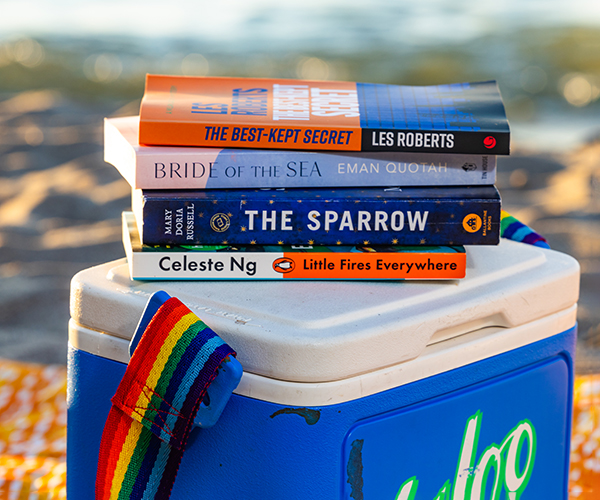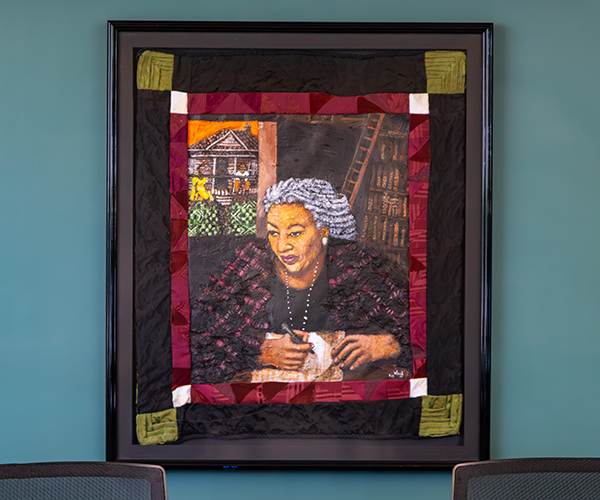As a longtime lover of ‘80s new wave band Duran Duran, freelance journalist and Cleveland Magazine contributor Annie Zaleski has always felt that the British pop-rock act doesn’t get the credit they deserve, now or even in their heyday. A few years ago, the Rocky River native- — whose writing credits include bylines in such venerated music publications as NPR Music, Vulture and Billboard — decided she was just the writer and fan to give the band its due.
Her book Duran Duran’s Rio ($13.95, Bloomsbury) hits shelves May 6 and takes a closer look at why the album, released in May 1982, didn’t become a hit in the U.S. until early 1983. “It had to be remixed and reissued a couple times,” says Zaleski. Here, Zaleski shares details on her inspiration and those she interviewed for the book.
Q. Of Duran Duran’s 14 studio albums, what led you to focus on Rio?
A. It’s a great record, one with solid songwriting and solid musicianship front to back. It’s also a record with many sonic moods: You have ballads like “Save a Prayer,” up-tempo singles like “Rio” and “Hungry Like the Wolf,” dramatic songs like “The Chauffer,” and upbeat dance songs like “My Own Way.”
Q. Who were you able to interview for the book?
A. Keyboardist Nick Rhodes, drummer Roger Taylor and bassist John Taylor were all generous with their time and recollections. I also talked to a band photographer from that era, the saxophonist who had a “Rio” solo and the graphic designer of the album’s iconic record cover, among others. Former WMMS DJ Kid Leo and former program director John Gorman talked to me about Duran Duran being influenced by David Bowie and Roxy Music.
Q. What are some anecdotes about the band that stand out?
A. I heard a lot of comparisons to Beatlemania, and one story really illustrates that. A radio DJ named Jimmy Christopher (who is now in Los Angeles but was based in Cleveland for many years) told me that back in 1981, when Duran Duran was just starting out, the band came by the LA station and already had fans lining up outside! That’s something that doesn’t necessarily happen now, but it was indicative of how early on they had an impact on fans.
Q. What is the band up to these days?
A. Their trajectory is very interesting. They were massive in the ’80s, with another resurgence in the early ’90s and they’re bigger now than they ever have been. They’ve kept their older fans and amassed a new fan base of young people that have discovered the band. Teenagers are even asking bassist John Taylor for practice tips. He plays these baselines that are so fast and so interesting, and they’re finally being seen as important from a musical standpoint.




